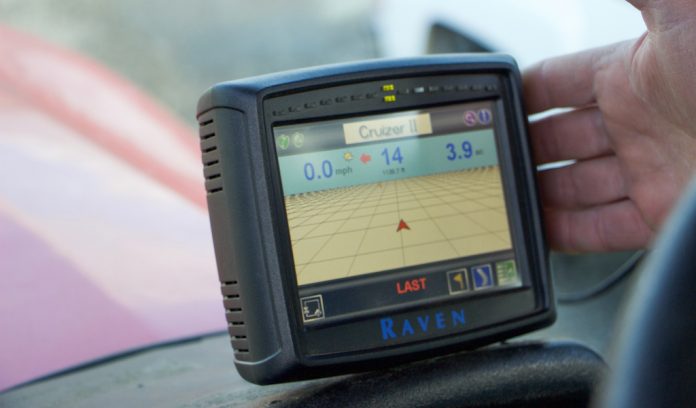
Farm organizations and rural leaders are continuing to emphasize what the pandemic has made clear: rural areas need broadband.
A Benton Institute for Broadband & Society report, funded by the United Soybean Board, said access to broadband will help make farmers and ranchers more sustainable, allow more reliable and efficient food production and strengthen rural communities.
As state and federal governments dedicate public dollars to the problem, private sector companies and nonprofits are also continuing to work on solutions for both rural broadband expansion, and helping rural communities learn digital skills and adopt technology.
Report
The Benton Institute report is a response to a 2019 study from the United Soybean Board, which found that almost 60% of farmers did not have adequate internet for their businesses.
“Managing digital data drives precision agriculture, and precision agriculture drives many foundational aspects of measurable sustainability,” said Mace Thornton, vice president of communications and marketing strategy for the United Soybean Board, in an Oct. 27 press release.
Farmers who wanted to use more data to make on-farm decisions cited internet-related barriers including lack of access, slow speeds, high costs and lack of reliability.
“Saddled with inadequate speeds and disappointed by ineffective subsidies to large telecommunications providers, farmers have long made do with less,” the Benton Institute report reads. “But meeting tomorrow’s challenges means finally acknowledging that high-performance broadband is a must-have technology for modern agriculture.”
Recommendations
Farm offices, the new report notes, sometimes need high upload speeds in addition to download speeds, if farmers are uploading information or data to a cloud. The report suggests networks need to be capable of at least 100 megabits per second upload and 100 mbps download service in order to work for farmers into the future.
Farmers also sometimes need internet access right in the fields, the report says. It suggests addressing gaps in access and mapping on farmland, so people can tell whether their farmland has mobile coverage.
Other strategies that could help with broadband deployment to farm offices and fields are addressing uncertainties about easements and rights of way, supporting open access, middle mile networks and encouraging deep fiber build out, which can help support wireless connections, the report said.
Rural communities, in addition to farmers, also tend to struggle with broadband. The report says adopting state, regional and local broadband plans and strategies, including more accountability measures with federal funding programs and encouraging local, community-oriented providers to get involved could help.
It also recommends supporting programs that help people make full use of broadband by developing digital skills or getting access to devices that can be used to access the internet.
Partnership
In addition to federal and state dollars being put towards broadband, some private companies and nonprofits are working on the issue. Microsoft’s Airband Initiative, which works with internet service providers to bring internet access to unserved citizens, recently partnered with Rural LISC, a nonprofit that helps support community development, on an initiative focused on broadband and technology adoption.
“Millions call rural America home, but too many don’t have access to the technological tools and skills needed to thrive in the digital world,” said Mary Snapp, Microsoft vice president of strategic initiatives, in an Oct. 27 press release.
Rural LISC offers a Digital Navigators program, which will expand through the initiative. The program crosstrains people who are already working with residents in their areas on things like job development — for example, staff at a department of jobs and family services — to help residents find ways to get digital devices, affordable internet access and develop digital skills that can help them get jobs.
“We need to show that there’s demand for this technology, and adoption,” Christa Vinson, program officer for broadband and infrastructure at Rural LISC, told Farm and Dairy.
By April 2022, Vinson said, Rural LISC is planning for digital navigators to help at least 450 Midwesterners in the six states the program is expanding in, which includes Ohio, and to connect with other community resources, like libraries and community health centers, to offer assistance. She is hoping that will spur more broadband expansion.
Connection
On the deployment side, Verizon announced Oct. 26 that it is working with Amazon’s Project Kuiper, a low earth orbit satellite network, to expand its wireless networks in rural America.
The Project Kuiper network plans to offer broadband connections to households, hospitals, businesses and other organizations in areas that lack access. Part of the goal for both Project Kuiper and Verizon is to offer more broadband options for a range of industries, including agriculture and energy.
“The agriculture industry is going to see dramatic changes in how it operates and succeeds in the next several years. Smart farms, bringing technology to agriculture, and connecting the last mile of rural America will be at the forefront of helping our industry to provide food for billions around the globe,” said Betsy Huber, president of The National Grange, in the Oct. 26 press release.









